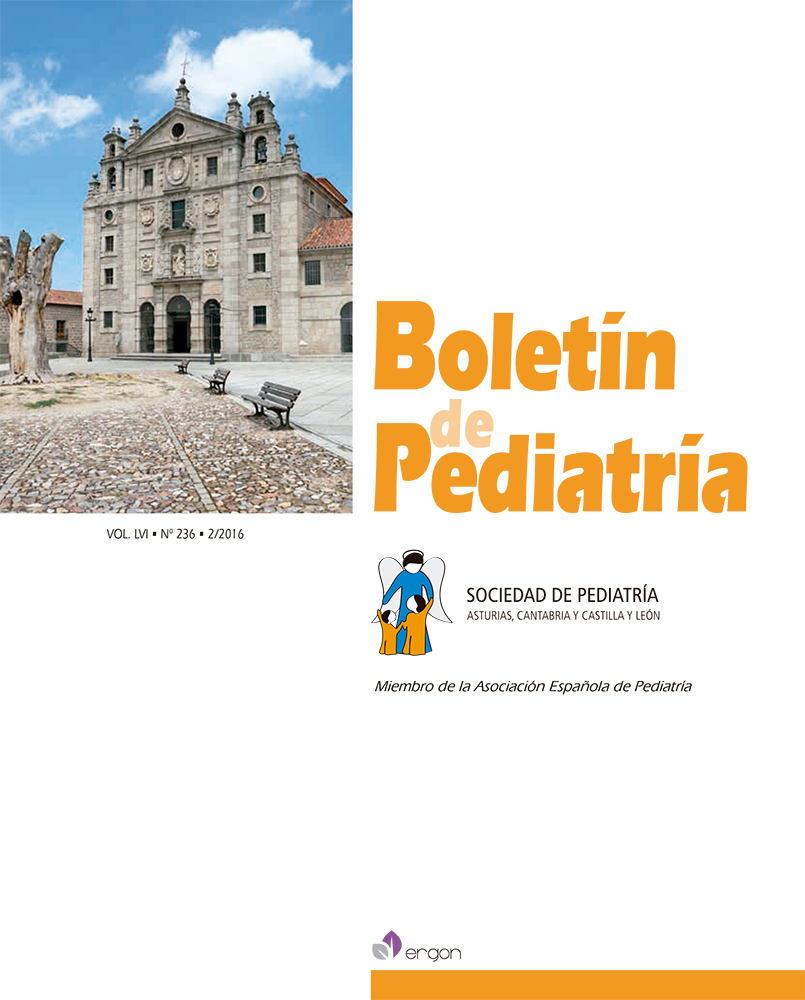Abstract
Introduction. Therapeutic hypothermia (TH) as the standard therapy in neonates with neurological injury because of hypoxic-ischemic encephalopathy (HIE), provides safe and encouraging results. Because of this, many centers where this technique is offered have multiplied in recent years.
Objective. To evaluate the initial experience in the implementation of a new TH program: clinical conditions of newborns once they arrive at referring hospitals, difficulties to start this treatment and safety of this intervention.
Material and methods. Observational study of a cohort of patients formed by 15 neonates undergoing therapeutic hypothermia due to moderate or severe HIE in our hospital between July 1, 2012 and January 1, 2015.
Results. 60% of the patients came from other hospitals.All of them required advanced resuscitation (from 10 to 50 minutes). The time when passive hypothermia started were recorded in 73.3% of the patients and in 40% were expected at least six hours to start TH. At the admission to neonatal intensive care unit (NICU): only 33.3% of infants were within the target temperature range at arrival and in 20% a temperature lower than 33°C were registered, 80% were in mechanical ventilation (40% with FiO2 > 40%). In 60% of the sample arterial hypothension were recorded and 33,3% of the infants had blood glucose less than 60 mg/dl. The whole sample had multisystemic symptoms and 53,3% had eizures. Had any alteration in their neurological development 35.7% and 6.6% of the neonates died.
Conclusions. The management of neonatal asphyxia can be improved by optimizing the training of the staff who attends these neonates and the transport teams who transfer the newborn to the referral hospitals. With the proper training,TH has proven to be a safe technique.

This work is licensed under a Creative Commons Attribution-NonCommercial 4.0 International License.
Copyright (c) 2016 Boletín de Pediatría
